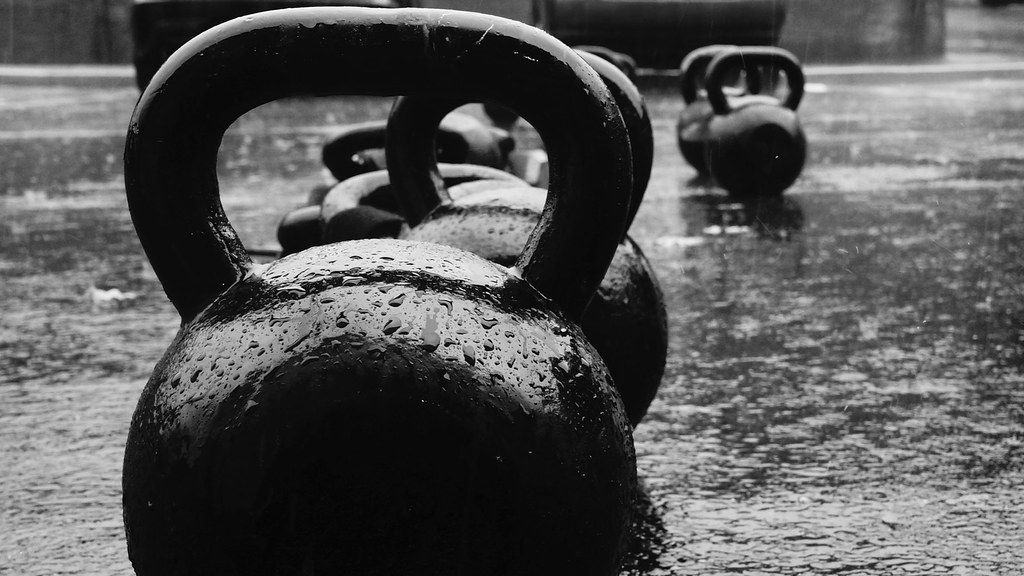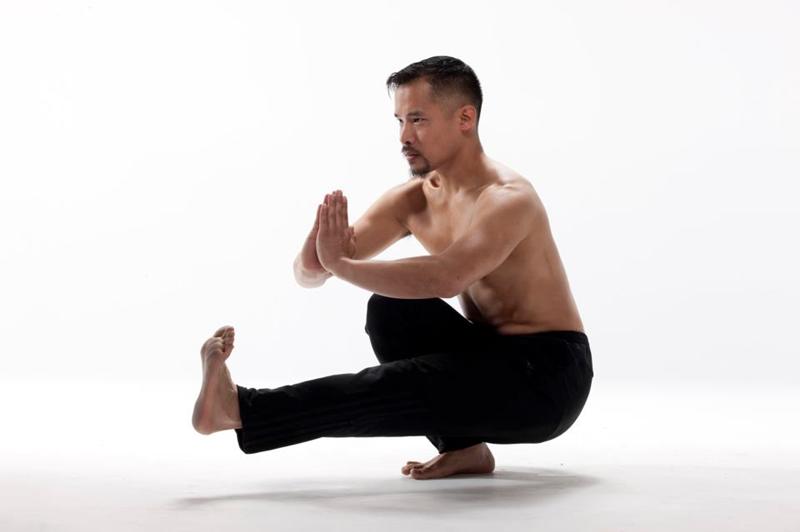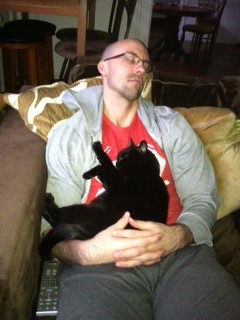Hope everyone enjoyed the game last night.
Congrats to Peyton Manning and the Denver Broncos on the win.
But screw the game. Did everyone see that new Jason Bourne teaser trailer?????
It took all the will power I could muster not to start dry humping the television screen. I knew a Bourne movie has been in the works for a while now – because I’m a nerd and read Entertainment Weekly and hang out on IMDB – and had been anticipating something epic in the coming months now that both (Matt) Damon and (Paul) Greengrass are back on board with the franchise.
But I was NOT expecting to see a sneak peak teaser last night. I caught me completely off-guard.
The only thing more manly would have been if it showed Bourne bare knuckle fighting a grizzly bear.
On an aside – and serving as the worst segue in history – I recently recorded a video “chat” with Ryan Ketchum for the Elite Training Mentorship titled Behind the Scenes: Tony Gentilcore on Program Design Made Simple.

As a whole, the Elite Training Mentorship gives you access to monthly “inner circle” content from the likes of Eric Cressey (and the entire coaching staff of Cressey Sports Performance), Mike Robertson (and the entire coaching staff of IFAST), in addition to Tyler English, Dave “the Band Man” Schmitz, and Steve Long and Jared Woolever of Smart Group Training.
For a very fair price ($29.95/month, $299.95/year) you gain access – past and current content – to the entire library.
HOWEVER, because this is my first solo addition to the service, you go HERE you can take advantage of a special trail rate of $4.95 for the first 30 days.
That’s pretty sick if you ask me.
Exercises You Should Be Doing: Stationary Bear Crawl
Who Did I Steal It From: I got this bad boy from Dr. Mark Cheng when I watched his excellent DVD, Prehab=Rehab 101. In particular the exercise stems from when he covered the topic of ground based training, transitioning from primitive patterns – rolling, sphinx pose, etc – to crawling patterns.
What Does It Do: crawling (and bear crawls especially) have grown in popularity in recent years…mostly in group training environments such as boot camps and/or CrossFit classes.
However I don’t think most people understand what advantages or uses the exercise provides other than “making people tired” and provoking a cacophony of groans whenever they’re placed into a WOD.
The “making people tired” approach makes me cringe because, well, that’s when bad shit starts to happen.
The real reason(s) bear crawls carry weight in a program are as follows:
1) When performed correctly – hips level with shoulders (no excessive arching or rounding of the spine) – they’re an excellent way to train lumbo-pelvic stability/control. More importantly, they help the trainee dissociate hip movement from lumbar movement.
I like to tell people to pretend as if a glass of water or wine is lying their back upright and the objective is to not allow one drop to spill.
2) There’s extensive motor learning (or motor remembering) involved here. I’ll purposely go out of my way to not coach someone on these at the start.
I’ll demonstrate and then point to the floor and say, “your turn.” I feel like a big a-hole in saying it, but I’d be lying if I said there wasn’t a smidgeon of entertainment and comedic relief when watching some people try to perform a bear crawl.
It’s as if some are cemented to the floor. They don’t move.
But after awhile it’s just a matter of them figuring things out and reacquainting themselves with some simple motor patterning.
If you really want to be mean have people reverse the action, or go sideways.
2) Bear crawls are also an excellent anterior core exercise (due to the aforementioned focus on lumbo-pelvic control). I can’t tell you how many times I’ve had a client contact me the day after saying something to the effect of “WTF, Tony, my abs are on fire today.”
Weird how when you perform something right it becomes more challenging and “stuff” is engaged to a higher degree or turned on.
3) There’s also a fair amount of serratus activity involved, which is a great fit for those with excessively adducted and/or downwardly rotated scapulae. Another BIG mistake many people make with their bear crawls is “hanging” on their shoulder blades and allowing them to touch the entire time. This causes a lot of ramifications with glenohumeral issues. The scaps should more or less move around the rib cage.
4) And, too, I can’t deny the conditioning component to the exercise. There are innumerable ways to make people hate life here. Performing them for time, for distance, dragging a bulldozer behind, it’s endless.
All that being said, oftentimes people don’t have the luxury of having turf or open space to perform traditional bear crawls.
So why not do them in place?
Key Coaching Cues: Hands under shoulders, knees under hips. Depending on one’s ability and comfort level, how wide someone has to go – base of support – will vary.
Brace abs, chin tucked. From there I’ll say “lift opposite limbs a few inches off the ground, but prevent any teeter-tottering of the torso/hips.”
Of Note: the water/wine analogy from above works well here.
Another crucial cue is to make sure the trainee pushes him or herself AWAY from the floor. Basically, make sure those bad boys are moving AROUND the rib cage.
I’ll have someone perform these for “x” number of repetitions (usually 5-8/side) or for time (15-30s).
This is a great exercise for many populations. I’ve used it with clients/athletes with chronic low back issues, as well as with clients/athletes who need to be humbled….;O)
You can always regress the exercise and have someone focus on ONE limb at a time too. Also, I’ve had people perform this in clockwise/counter-clockwise fashion, lifting/lowering each limb in both directions.
Give it a try and let me know what you think.







